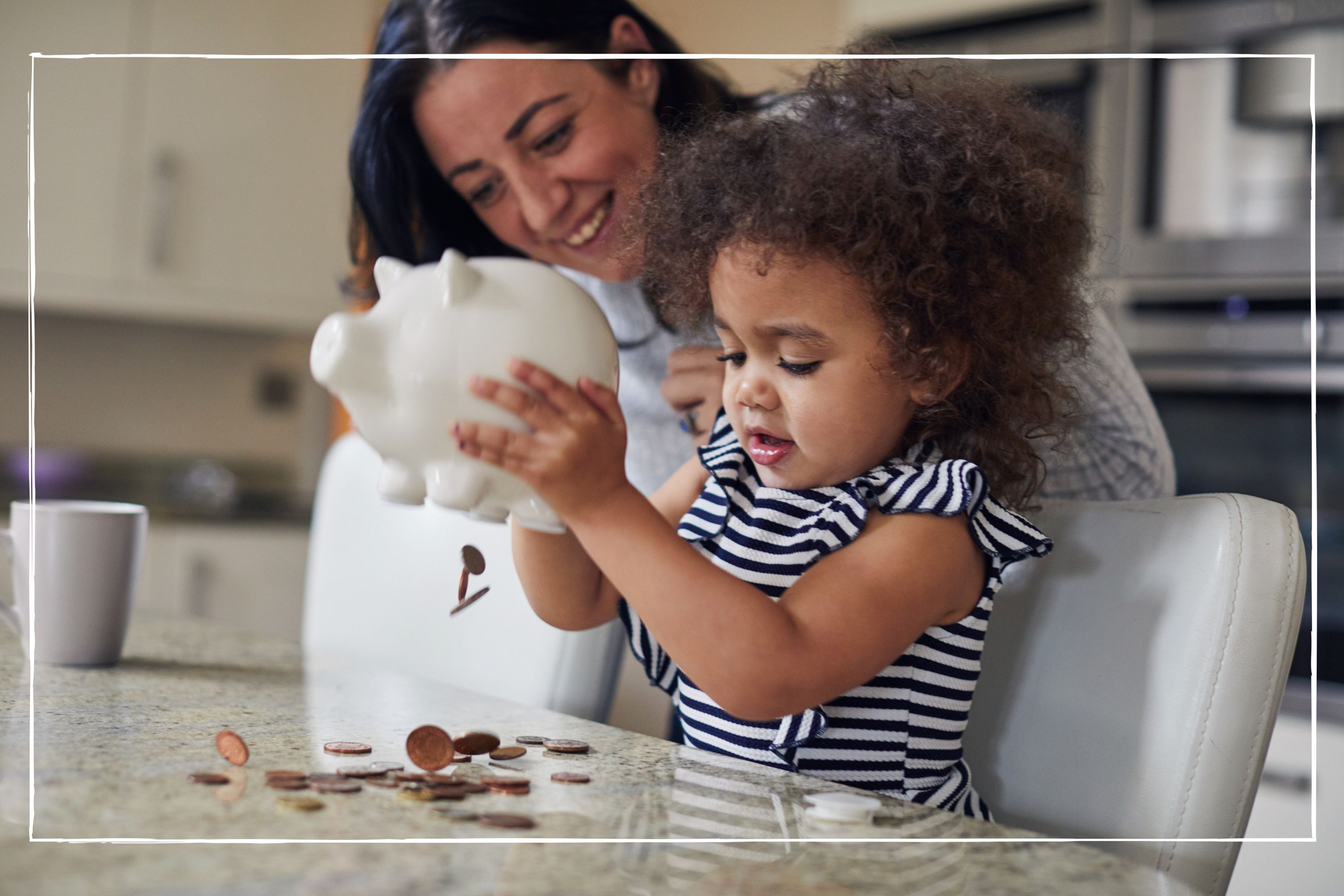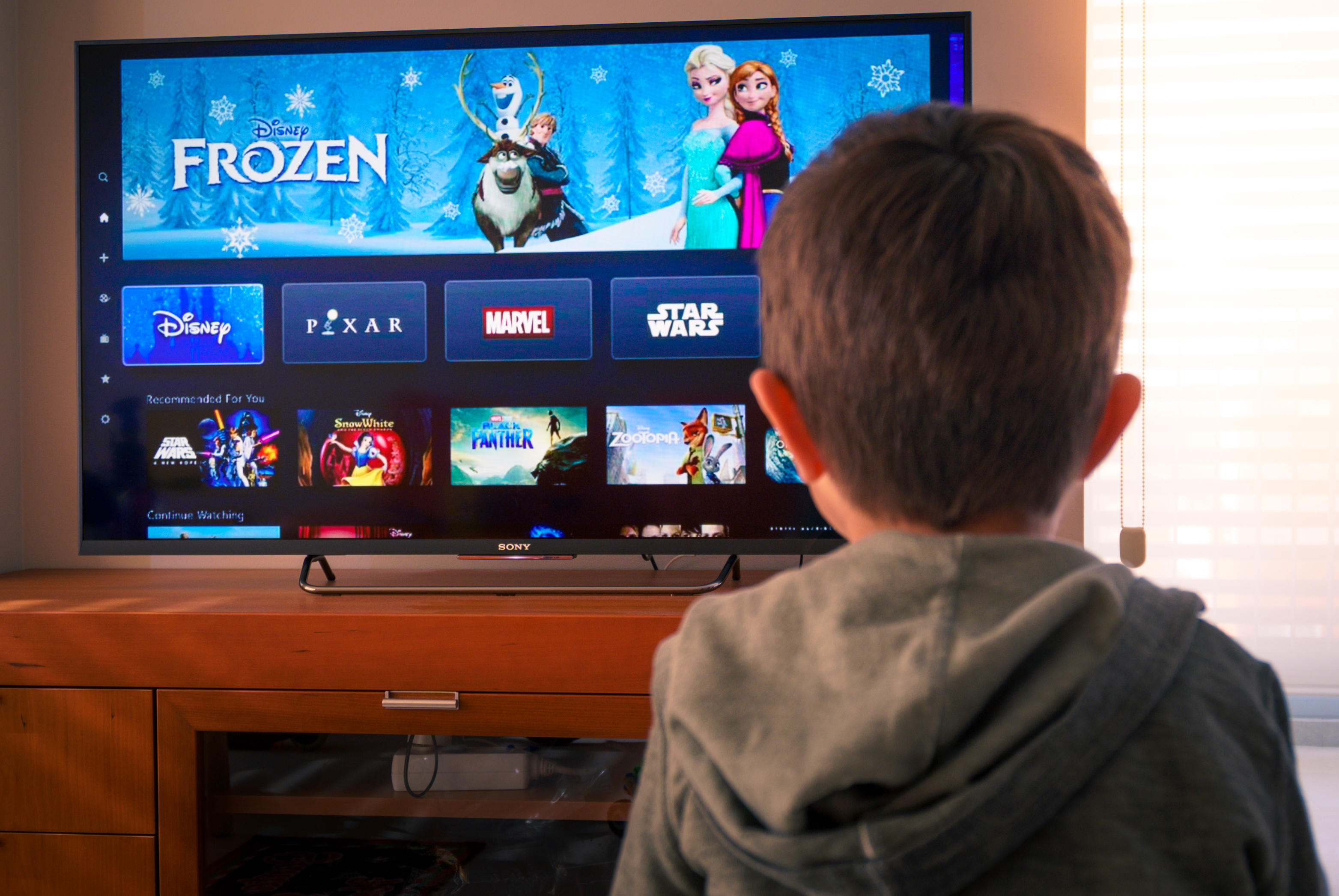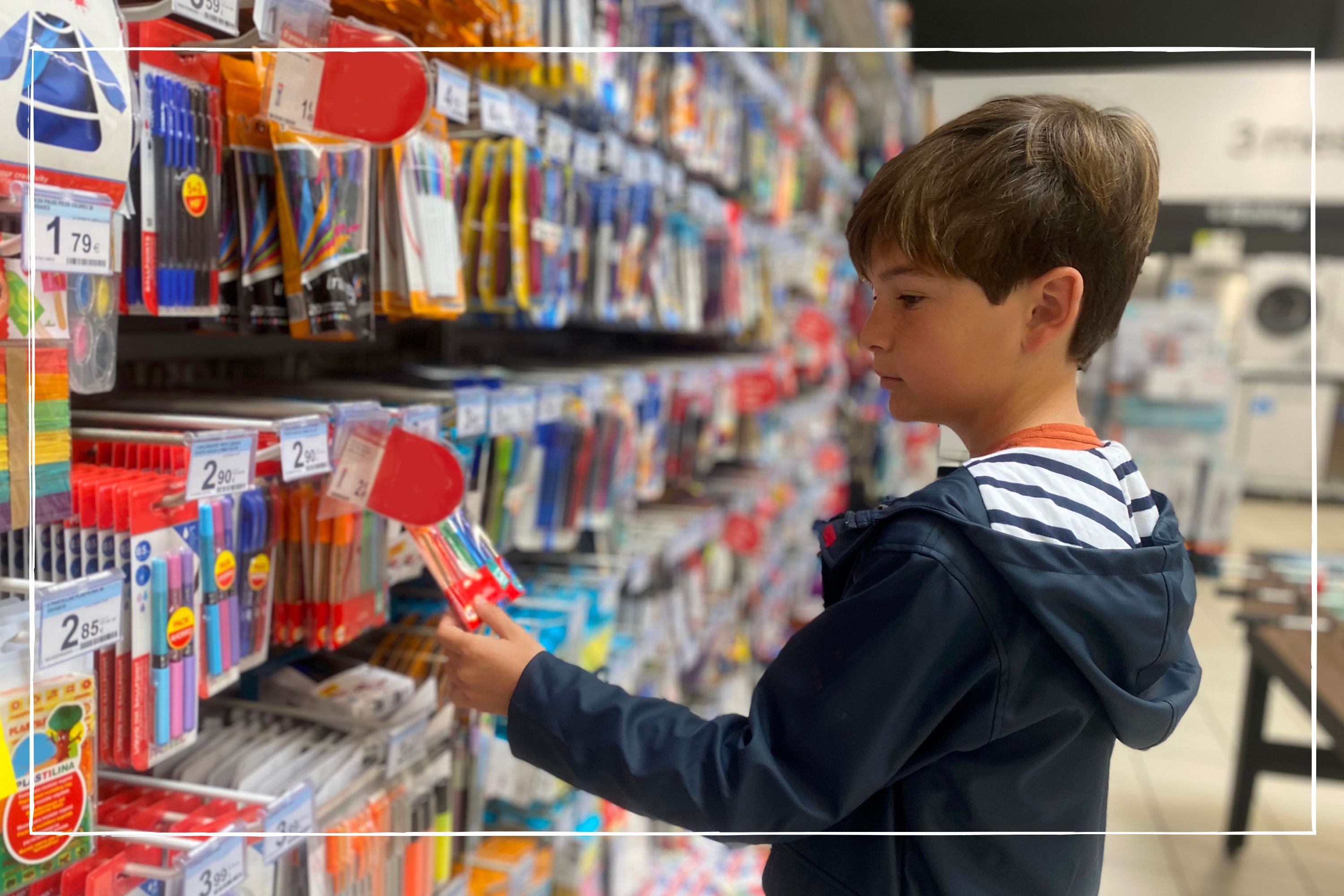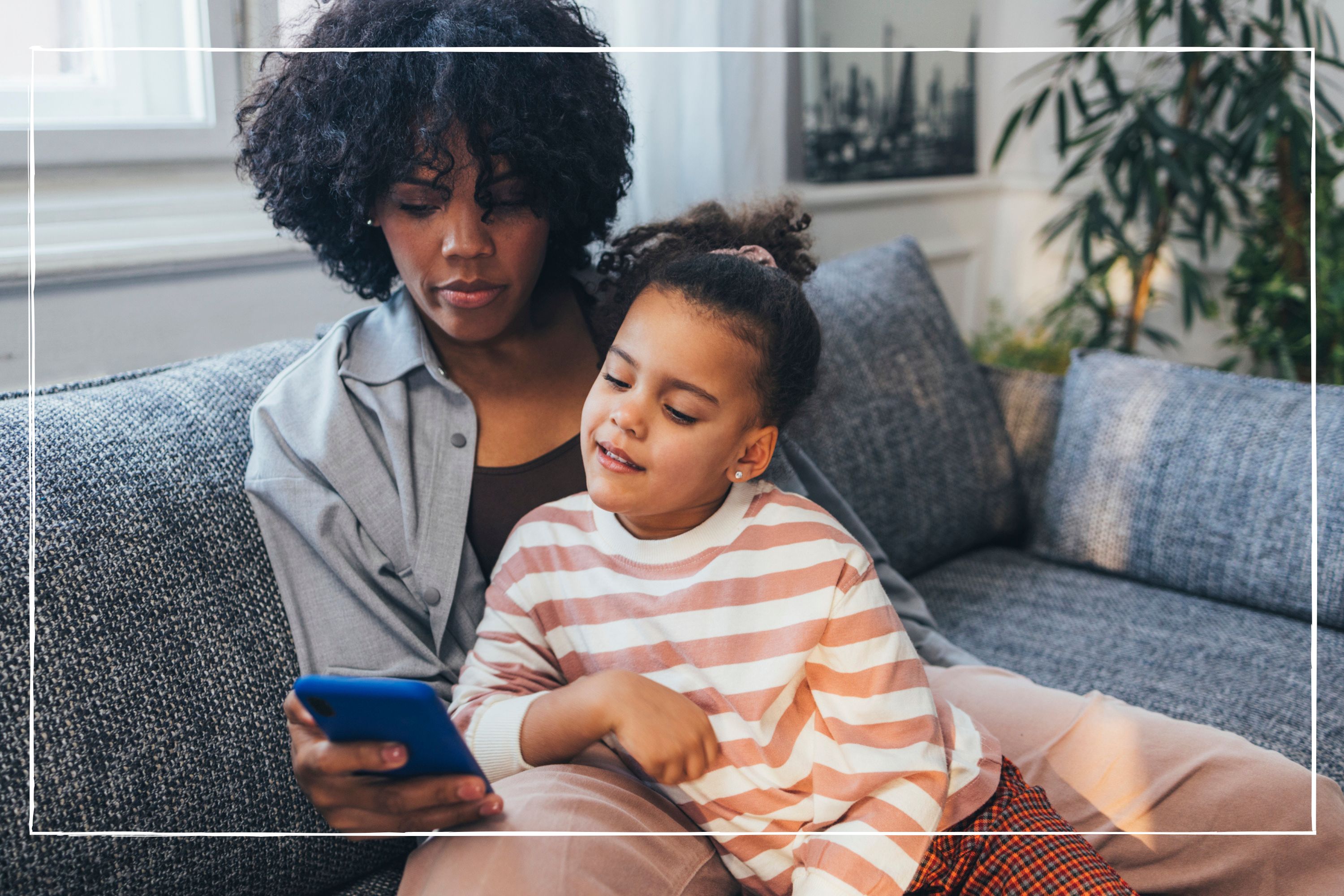What is Girl Maths and what can it teach your kids about money?
The Girls Maths trend is blowing up on social media, here we explain what it is and the financial lessons it can teach your kids

It's the financial craze growing in popularity on social media, but what is Girl Maths and is it just a bit of a fun, or can it teach us some real money lessons?
Whether you see it as some light-hearted entertainment or something more serious, and potentially degrading, there's no doubt that the Girl Maths (or Girl Math, if you are from across the Atlantic) trend has taken social media by storm. At the time of writing, TikTok videos tagged with #girlmath had been viewed a staggering 73.5m times.
Girl Maths essentially comprises various 'logical' mindsets that can be used to justify purchases - such as working out cost per wear to make something seem more affordable, or treating anything under £5 or $5 as free.
If your child has a bank account, or you give them pocket money, then they are already starting to learn about money. So it's a great time to teach them the essential money lessons that will see them grow into financially responsible and confident adults. If they are also on social media, then it's worthwhile having a discussion about the Girl Maths trend.
What is Girl Maths?
Girl Maths (or Girl Math if you are from the States) is a popular social media craze around a set of financial mindsets established using 'girl logic'. It originated in New Zealand, as a segment on radio station ZM. What began as listeners calling in to get help justifying an expensive purchase, where presenters used Girl Maths to make it seem less expensive than it actually was, turned into a huge social media trend.
Some see it as harmless and humorous fun, while others think it's degrading and plays up on the sexist stereotype that women don't understand money.
While people have been adding their own versions of the 'girl logic' as the trend as grown, in essence Girl Maths is used to explain and justify spending on non-essentials. It's a largely self-deprecating and humorous take, almost confession-like.
GoodtoKnow Newsletter
Parenting advice, hot topics, best buys and family finance tips delivered straight to your inbox.
If we take the example shown in the video above, the radio presenters use Girl Math to help justify a caller spending $400 on hair extensions for her upcoming wedding. While one explains that if she doesn't get them, she might hate her wedding photos so much that she ends up paying for a whole other wedding to improve on the first one and get the wonderful photos she's after, costing an additional $40,000.
Another breaks down the $400, saying that it actually works out as only $40 a weft (assuming she will have 10 hair extension wefts added) and if each weft was 28 inches long, then it actually works out as $1.42 per inch of hair extension, which they joke is practically free.
@mckennaelianna ♬ original sound - kenna 📚🍷
4 lessons kids can learn from the Girl Maths trend
While a lot of the Girl Maths videos are tongue-in-cheek, and are not purporting to be solid financial advice, some of the logic being shared actually provides opportunity to teach children how to spend better, or learn how to manage their money in a more effective way.
1. Understanding value for money
A popular example of Girl Maths is justifying an seemingly expensive purchase by working out the cost per wear or use. While it's never a good idea to spend beyond your means, understanding value for money is a very useful skill to have.
Let's take shoes as an easy example. If a pair of shoes for a special occasion cost £100, but you only wear them twice, the cost per wear is £50. But if you buy a pair of trainers for £100 and wear them at least four times a week for a year, that works out as 48p per wear, so would be better value for money.
This can be a useful way to practice more mindful spending, and curb impulse buys.
2. Smaller purchases all add up
Some social media users apply Girl Maths logic to smaller purchases and say that inexpensive purchases, say less than £5, are actually free. While we all know that purchases up to £5 are, in fact, not free, it could be argued that this point is just an extreme way of saying smaller incidental purchases aren't given as much thought as more expensive ones.
This will be true for a lot of people, but for youngsters learning how to manage their money, it's important that they understand how lots of little purchases can all add up, and learning how to keep track of spending can be a valuable skill when managing a budget.
3. Delayed gratification works both ways
Another 'logic' of girl maths is that if you pay for an event, such as buying concert tickets, in advance then the event is actually free. We can understand this mindset of this one, especially if someone is working to a monthly budget. The cost will have come out of a previous month's budget, so there is a little thrill that might go through you when enjoying the gig, knowing that you've paid the fee already and it's not going to impact the current month's outgoings.
But in real terms, you still had to pay for those tickets out of your income, so it shouldn't be completely discounted. In fact, buying the tickets in advance might have meant you went over your budget for that month, and then had to work to pay off the debt. It's worth ensuring that older children, especially, understand how budgeting works and why it's important.
This example can also be used to teach teens about how credit cards work, and how they might get that instant gratification about buying something on their credit card, but that the money needs to be paid back.
4. Financial literacy is for everyone
While this particular trend might have a particular female focus, it's important to understand that having a good financial education is valuable for everyone, but it's also vital to get the right information from the right sources.
While a lot of financial information is shared on social media, it's often in short-form videos, that doesn't provide a lot of context or further information. Plus it's hard to pinpoint those users who actually have the expertise and experience providing this information.
Children in particular may also find it more challenging to separate those giving genuine advice from those offering a more ironic or tongue-in-cheek take.
If you want to help your child improve their financial education, try these money games for kids. You could also help them grow in their independence while using a pocket money app.
Sarah is GoodtoKnow’s Money Editor. After Sarah graduated from University of Wales, Aberystwyth, with a degree in English and Creative Writing, she entered the world of publishing in 2007, working as a writer and digital editor on a range of titles including Real Homes, Homebuilding & Renovating, The Money Edit and more. When not writing or editing, Sarah can be found hanging out with her rockstar dog, getting opinionated about a movie or learning British Sign Language.
-
 How to save money: 28 family-friendly money-saving tips for mums and dads
How to save money: 28 family-friendly money-saving tips for mums and dadsUnderstanding how to save money is key to limiting the impact of rising costs as much as possible
By Sarah Handley
-
 14 hidden benefits of your Amazon Prime membership
14 hidden benefits of your Amazon Prime membershipWe reveal the less-obvious perks of a Prime membership that will help you get the most value out of your subscription fee
By Rachel Wait
-
 14 surprising ways to spend your Tesco Clubcard vouchers - from restaurants and cinema passes to mini breaks and Disney+
14 surprising ways to spend your Tesco Clubcard vouchers - from restaurants and cinema passes to mini breaks and Disney+Tesco Clubcard vouchers can help you cut the cost of everything from groceries and travel to days out and cinema tickets
By Heidi Scrimgeour
-
 How to get Disney+ for free and save up to £79.90 a year
How to get Disney+ for free and save up to £79.90 a yearEven though the streaming giant ended its free trial offering, there are still multiple ways you can get Disney+ for free for up to 12 months
By Sarah Handley
-
 Parents of teens who have just taken their GCSEs urged to check child benefit status ahead of August deadline
Parents of teens who have just taken their GCSEs urged to check child benefit status ahead of August deadlineWith a child benefit deadline looming, some parents could see their payments reduced or stopped altogether - here's why
By Sarah Handley
-
 Parents should hold off buying this back to school staple 'as close to their first day as possible', says retailer
Parents should hold off buying this back to school staple 'as close to their first day as possible', says retailerWith parents turning their attention to kitting their kids out for the new school year, research suggestions which items should be left until the last minute
By Sarah Handley
-
 7 ways to save on back to school essentials, as its revealed parents will spend £2.3 billion in 2024
7 ways to save on back to school essentials, as its revealed parents will spend £2.3 billion in 2024We share ways you can get your child all the bits and bobs they need for the new school year, without breaking the bank
By Sarah Handley
-
 What day is child benefit paid around the bank holiday? Everything parents need to know
What day is child benefit paid around the bank holiday? Everything parents need to knowKnowing which day child benefit is paid when it comes to the bank holiday can help families plan their budgets accordingly
By Sarah Handley